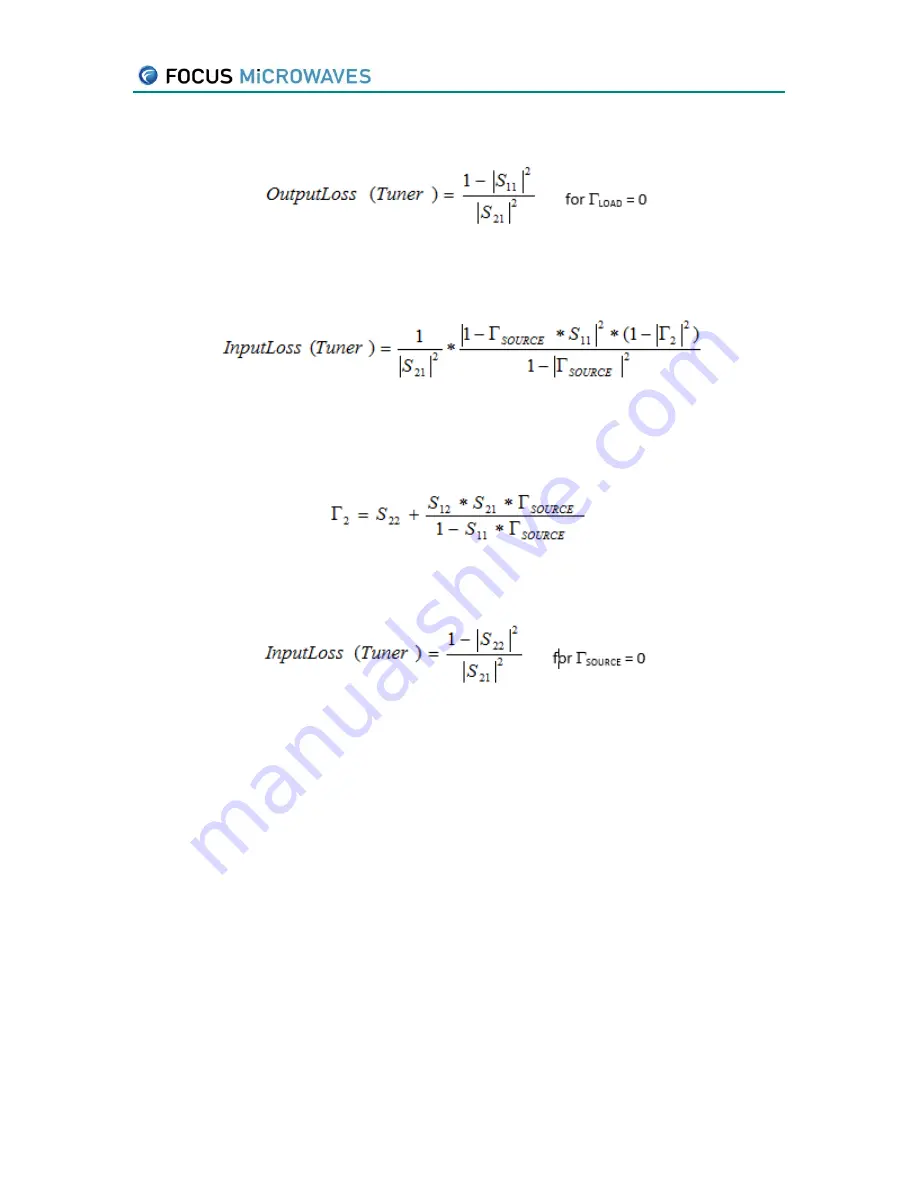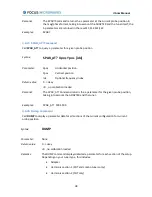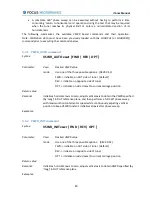
iTuner Manual
26
In case of
LOAD
= 0, i.e. the network connected to the output of the tuner is well matched, the
loss calculation can be simplified:
MODE SOURCE: loss calculation based on Available Gain definition (see figure 4.2)
where
Sij = s-parameter of tuner & adapter
and
In case of
SOURCE
= 0, i.e. the network connected to the output of the tuner is well matched, the
loss calculation can be simplified:
Use the MODE command to set the active tuning mode.
Focus tuner are configured at the factory to achieve best performance as either input or output
tuners. An output tuner initializes its carriage at the left hand side, while an input tuner
initializes on the right hand side. Thus we achieve highest reflection at the port pointing towards
the DUT.
Independently of its hardware configuration, any tuner can be used as either source tuner or
load tuner.
IMPORTANT NOTE:
Tuning is based on a mathematical iteration procedure that calculates the probe position
required to achieve a desired reflection coefficient in the DUT reference plane, by using a set of
calibration data measured at the primary frequency.
Tuning commands, such as TuneTo or TunerVSWR, generally set the actual reflection coefficient
seen by the device very close to the desired value, with an error vector magnitude of less than -
40dB.
Always verify the actual reflection coefficient seen by the device by querying the tuner using
GAMMA? after the tuning operation has completed, especially when attempting to tune to very






























